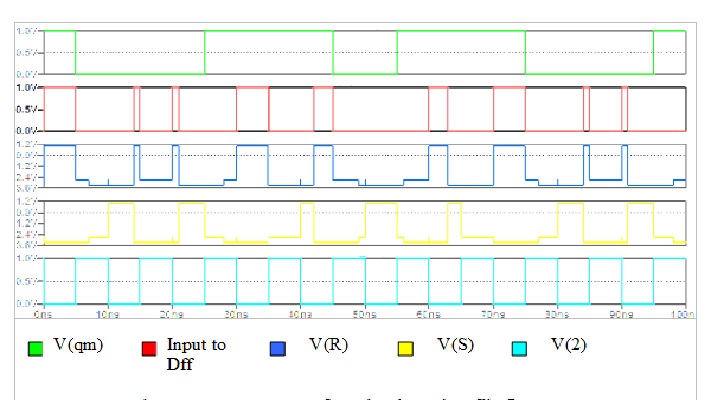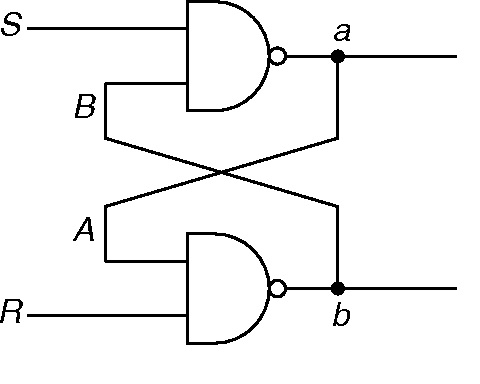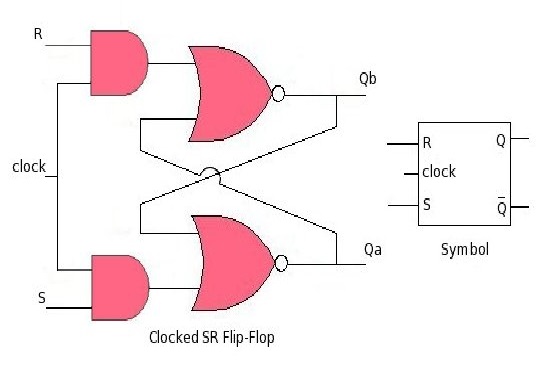Difference between Latch and Flip Flop

Latches and flip-flops are two very important circuit elements in the world of sequential logic and circuits. These serve as the fundamental building blocks in order to store data and are capable of storing one bit of data at a time.
Flip flops and latches are memory devices which store information and retain their outputs until they are asked to change. A flip flop stores data when the clock signal increases while a latch stores data when the clock goes low. In order to acquire this functionality they are designed to have two states: the first one is the set state while the other one is the reset state.
The major difference between latches and flip-flops is that latches are asynchronous while flip flops are synchronous. That means the output of the latch changes with the input but the flip flop’s output is not affected by the inputs.
A latch works without a clock signal while a flip flop works with a clock signal.
Another difference is in the way both of these change their states. A latch is a level triggered device, which means it changes its output on the voltage transition. On the other hand, a flip flop is an edge triggered device which means that it changes its output on signal transition.
Since Flip flop needs continuous clock signals, it requires more power than latches. Latches on the other hand are low on power consumption.
In addition to this, latches and flip flops differ from each other in the number of gates they have. Since the number of gates in flip flops is more then the gates in a latch, flip flops take more space than latches.
Furthermore, the design of a latch is prone to noise as compared to flip flops, which are more robust than latches when it comes to design. However, the speed of a latch is faster as compared to flip flops.
Instructions
-
1
Latch:
A memory circuit element that has its set state 1 and reset state as 0.
Image Courtesy: c-jump.com
-
2
Flip flop:
A flip flop is a memory circuit device that is made by combining two latches. The latch with an inverted clock is called Master and the one with a non-inverted clock is called the slave.
Image Courtesy: electronicdesignworks.com








